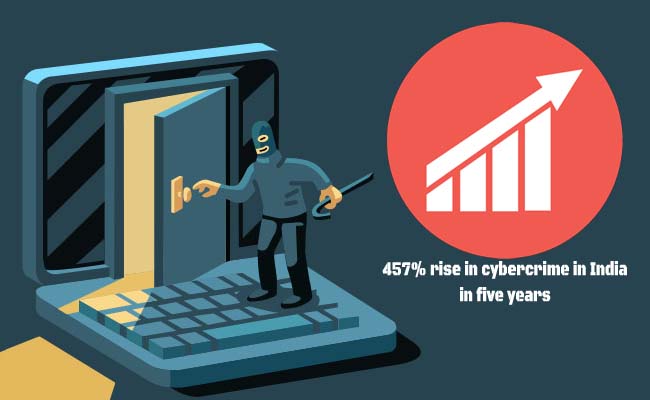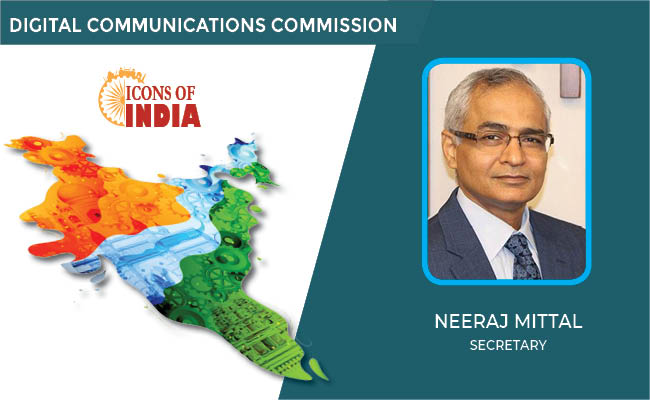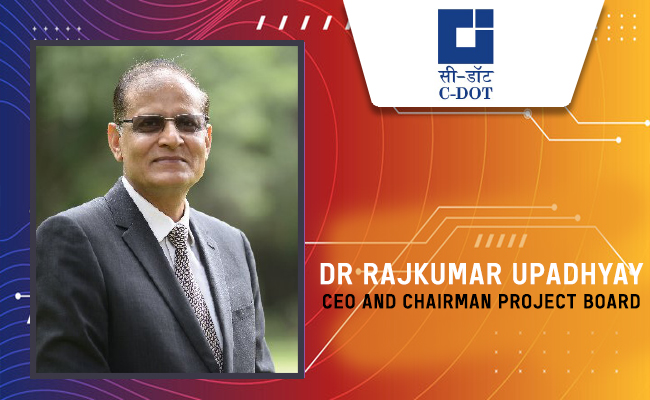457% rise in cybercrime in India in five years
By MYBRANDBOOK

A recent ASSOCHAM-NEC joint study says that India has witnessed a 457-per cent rise in cybercrime incidents under the Information Technology (IT) Act, 2000 from the year of 2011 to 2016.
Between 2012 and 2017, the number of internet users grew at a CAGR of 44% which has led India to be placed third in terms of number of internet users in the world after the USA and China. Symantec Corp. ranked India among top five countries to be affected by cybercrime, noted the study titled “Digital Policing – Smart Policing for Public Safety”, conducted by the Associated Chambers of Commerce and Industry of India (ASSOCHAM) in association with NEC.
To establish a robust three-tiered structure comprising of Central Cyber Cell, District Cyber Cells and Police Station Cyber Teams across the entire jurisdiction of National Capital Territory to deal with cybercrimes and to handle the growing menace of cyber frauds and online harassment, highlighted the study.
Using the latest technologies like Artificial Intelligence, Big Data Analytics, Facial Recognition, IoT, etc, to identify and catch suspects/criminals, has gained much awareness among various law-enforcement agencies. However, the implementation of these technologies is not on a national level but on a state level, which makes it very important for the Central Government to fund and support state-level law-enforcement agencies to utilize technologies to upgrade their policing methods, noted the joint study.
The Government of India and multiple law-enforcement agencies have taken lead in curbing growing cybercrime. In addition to establish cyber labs and training the officers, additional development in terms of detecting and resolving cybercrime has to be added in the current arsenal of the law enforcers.
Implementing new policing technologies will enable access to personal information, assisting in the delivery of personalized and better public services. It will help in fighting crime, protecting public security, reducing burden on businesses and citizens and tackling social exclusion through early intervention, noted the study.
Crime has been transforming itself to match the technological development happening across the globe. Since the invention of computers and internet, crime has evolved from its physical version to a digital one. Introduction of IT Act in India in 2000, amended in 2008, was the turning point where the Government of India stated focusing on the digital side of crimes.
To prevent cybercrimes through the development of a cyberthreat resilient ecosystem in the state and to defend against cyber-attacks by synergizing with other departments and nodal agencies of the State. Link up with multiple national and international cybersecurity and the law-enforcement agencies to fight against the borderless nature of the cybercrimes.
Indian Police has been constantly fighting cybercrime and has taken up multiple initiatives (Cybercrime labs, response centers, cyber forensic labs, etc) to do the same.
To counter it, State Government and State police are constantly developing new anti-cybercrime measures with the help of Central Government and private organizations. Other than these initiatives, training and development of Police officers in the field of identifying and solving cybercrimes has been made imperative to keep police updated about the latest criminal activities and the methods required to tackle them.


Nazara and ONDC set to transform in-game monetization with ‘
Nazara Technologies has teamed up with the Open Network for Digital Comme...

Jio Platforms and NICSI to offer cloud services to government
In a collaborative initiative, the National Informatics Centre Services In...

BSNL awards ₹5,000 Cr Project to RVNL-Led Consortium
A syndicate led by Rail Vikas Nigam Limited (abbreviated as RVNL), along wi...

Pinterest tracks users without consent, alleges complaint
A recent complaint alleges that Pinterest, the popular image-sharing platf...


Icons Of India : Arundhati Bhattacharya
Arundhati Bhattacharya serves as the Chairperson and CEO of Salesforce...

Icons Of India : NEERAJ MITTAL
He started his career as an IAS Officer in 1992. He has held various a...

Icons Of India : Anil Agarwal
Anil Agarwal, the Founder and Chairman of Vedanta Resources Ltd., is r...


C-DOT - Center of Development of Telematics
India’s premier research and development center focused on telecommu...

GSTN - Goods and Services Tax Network
GSTN provides shared IT infrastructure and service to both central and...

TCIL - Telecommunications Consultants India Limited
TCIL is a government-owned engineering and consultancy company...


Indian Tech Talent Excelling The Tech World - George Kurian, CEO, Netapp
George Kurian, the CEO of global data storage and management services ...

Indian Tech Talent Excelling The Tech World - ANJALI SUD, CEO – Tubi
Anjali Sud, the former CEO of Vimeo, now leads Tubi, Fox Corporation�...

Indian Tech Talent Excelling The Tech World - Vinod Dham, Founder & Executive Managing Partner, IndoUS Venture Partners
Vinod Dham, known as the “Father of the Pentium Chip,” has left an...